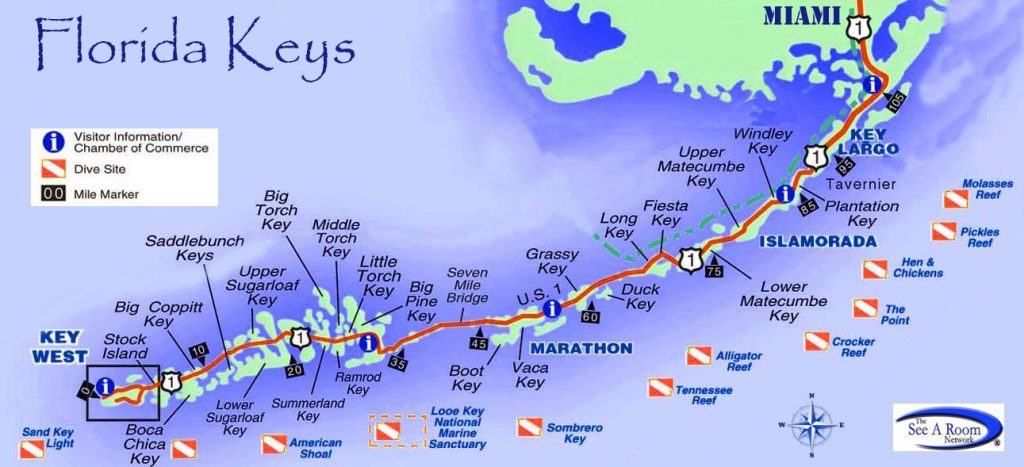In this new series, we are highlighting various Keys and sharing some info on how these particular islands got their names and how they became significant in the growth and development of the Florida Keys. With over 1,700 Keys and some with very interesting names, there is a rich and unique history behind each Key and we will aim to uncover some facts about each.
We started with the northernmost and easternmost Keys and will continue to make our way west across the Overseas Highway. Our last article ended in Key Largo, keep reading for the next few Keys on our list!
Plantation Key
The first key on our list in the Village of Islamorada and thus a special way to start part 2 of this series. Plantation Key was originally inhabited by Native Americans at least 1000 years before Europeans settled in America. Bahamians also began immigrating here and participated in the export of pineapples and coconuts. Bootlegging took over as a major part of the economy when construction of the railroad and competition from Cuba threatened the profitability of exporting tropical produce up north. Named for the pineapple plantation that was originally located on the island, Plantation Key used to have smaller areas within it known as Snake Creek Key and Pearl City.
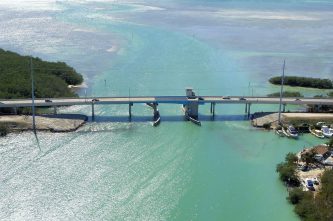
Windley Key
Currently home to two local attractions, Theater of the Sea & Windley Key Geological State Park, Windley Key is a main island in the Village of Islamorada. Windley Key was actually two separate keys known as the Umbrella Keys until construction of the railroad necessitated joining them and the area between was filled in to create one island. The new, larger key was named Windley Key after a settler.
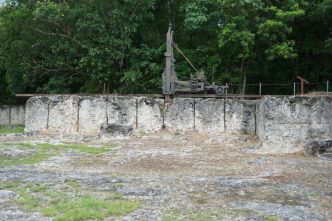
Upper Matecumbe Key
Upper Matecumbe Key is the location of the original settlement of Islamorada. There has been a long record of historical confusion regarding the distinction between Upper & Lower Matecumbe. The origin of the name is largely unknown as well but is likely Native American. Upper Matecumbe was home to prominent families counted among Islamorada’s early settlers such as the Russells, the Pinders, and the Parkers.
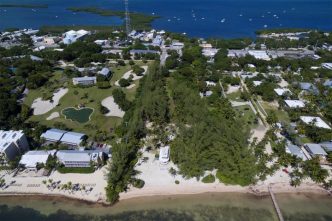
Tea Table Key
If you’ve ever driven through Islamorada by car or along its Oceanside shoreline by boat, you’ve probably day dreamed about having your own private island in paradise after laying eyes on the private estate on Tea Table Key. Tea Table Key, also known as Terra’s Key, is a private island and residence located in Islamorada. It’s available to rent in case you want to make those dreams come true!
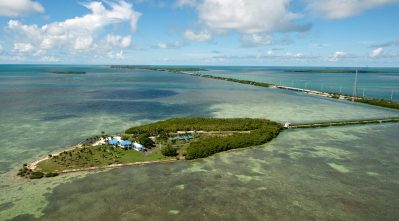
Indian Key
Now home to a state park and archaeological project that attracts visitors, Indian Key was once home to a bustling early settlement. The fully functional town was infamously attacked by natives which led to the demise of many settlers and destruction of the major infrastructures that had been built on the island. Read our extensive feature about Indian Key here for more details about its history and what’s left there today.
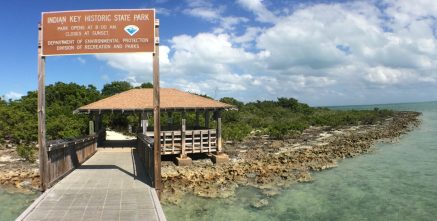
Here is the link for the History of the Florida Keys: Part 1 The History of the Florida Keys Part 3 is coming soon Stay tuned.


